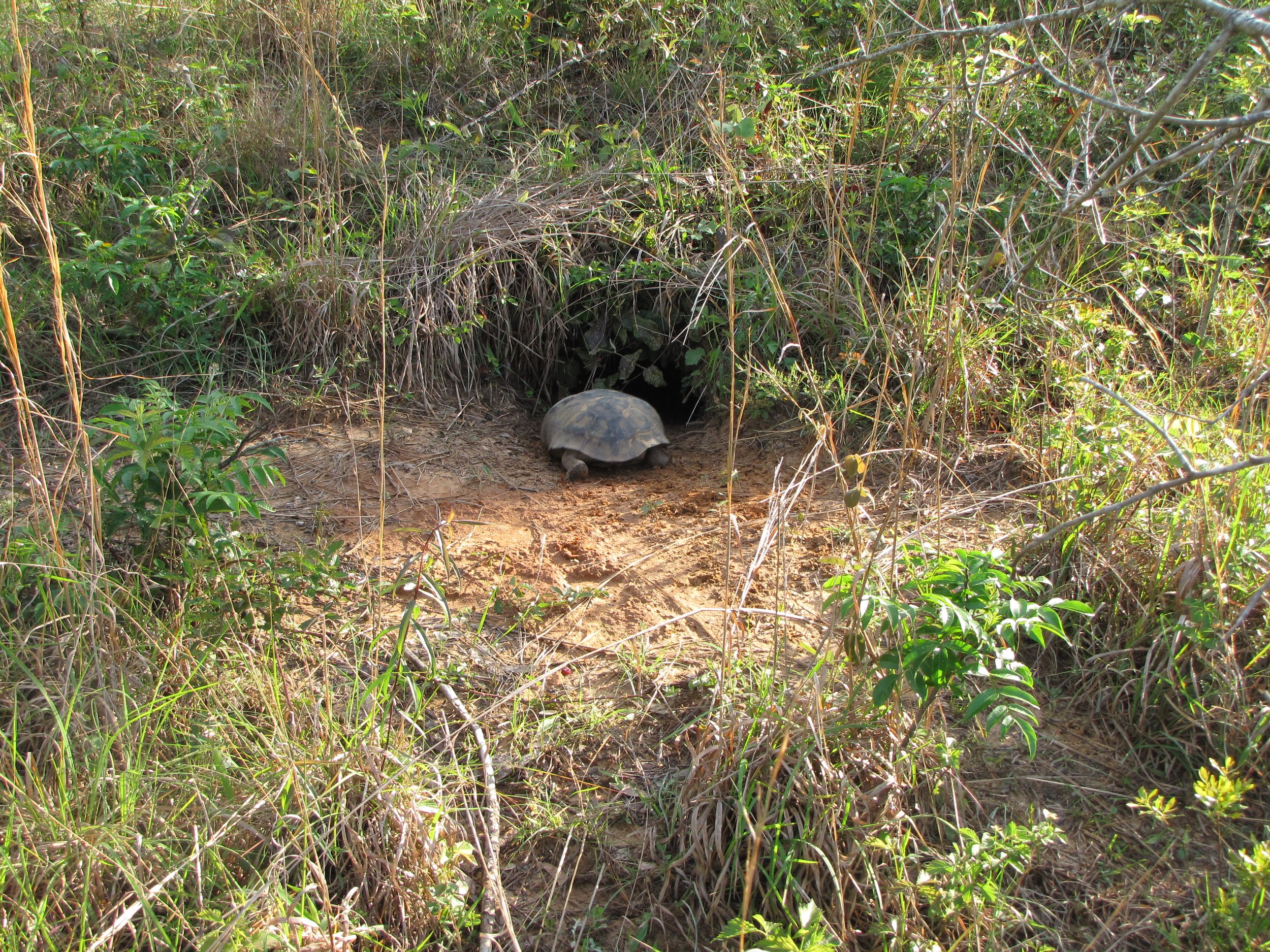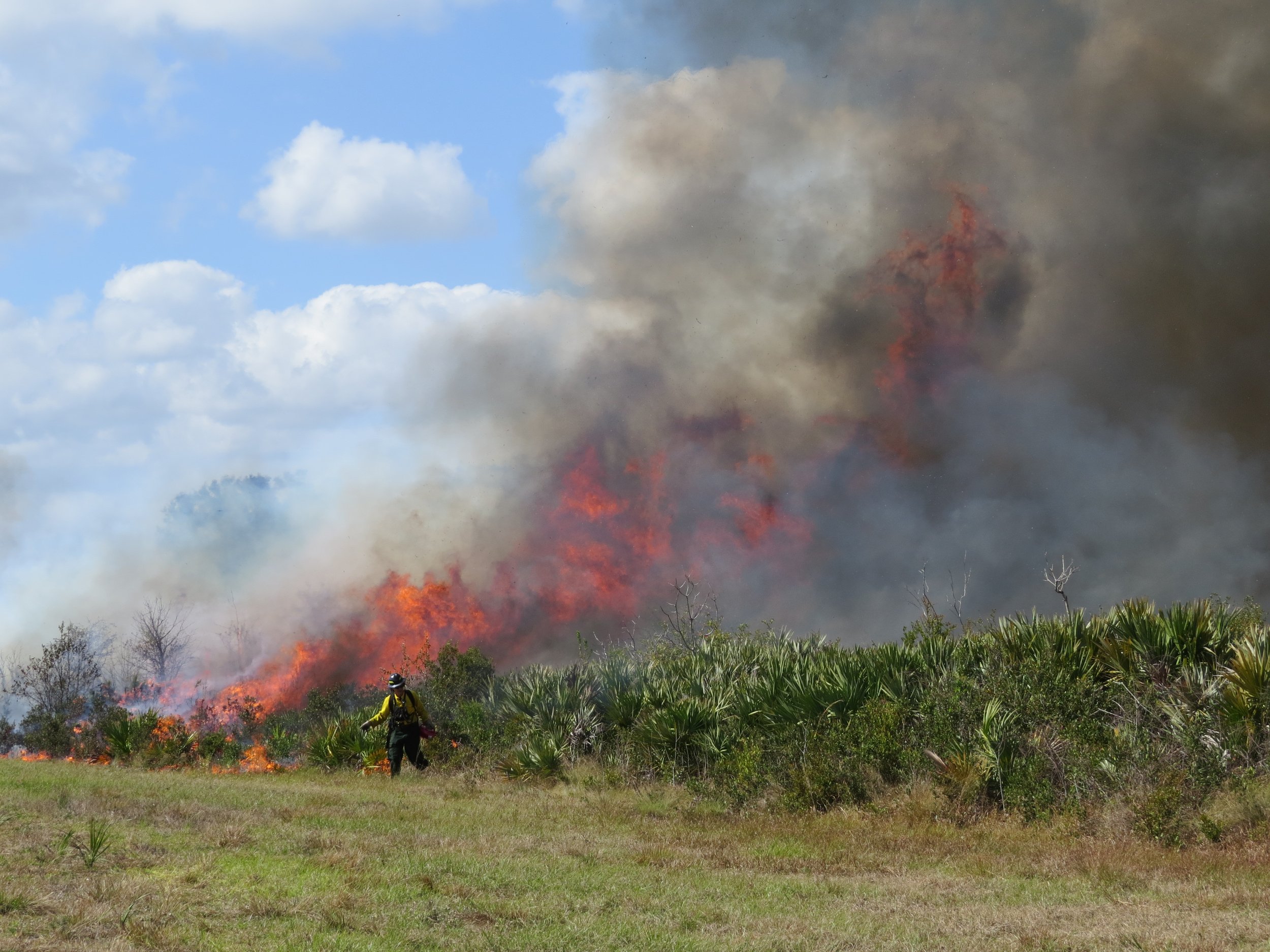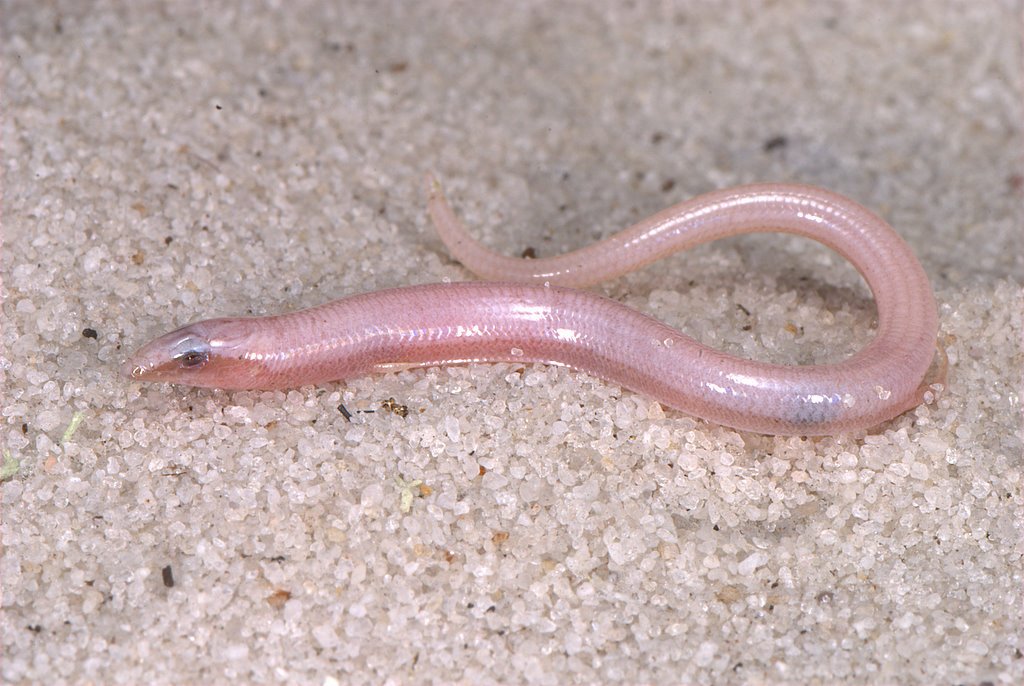
Scrub
A Florida scrub habitat, also known as a scrub ecosystem or xeric oak scrub, is a unique and specialized type of ecosystem found primarily in Florida. Florida scrub habitats are considered one of the rarest and most endangered ecosystems in the state due to urban development, agriculture, and other human activities that have led to their fragmentation and decline.
Florida scrub habitats are typically found on sandy soils that drain quickly, resulting in low water retention. This leads to low soil moisture levels and challenges for plant growth. The plant species that thrive in Florida scrub habitats have evolved to tolerate the nutrient-poor, well-drained soil and frequent wildfires that are a natural part of the ecosystem. Common plants include various species of oaks (such as sand live oak and Chapman's oak), Florida rosemary, scrub hickory, saw palmetto, and wiregrass.
Fire is a crucial component of Florida scrub habitats. Regular, low-intensity wildfires help maintain the open and diverse structure of the scrub by preventing the growth of woody vegetation that would otherwise outcompete the specialized plants adapted to this environment. Many scrub plants have fire-resistant or fire-promoting adaptations.
Florida scrub habitats support a range of unique and specialized wildlife species. Some examples include the Florida scrub-jay, a bird that is highly adapted to this ecosystem and relies on acorns and other food sources found in the scrub. Gopher tortoises are another important resident, as they create burrows that provide shelter for a variety of other animals. Despite its seemingly harsh conditions, scrub habitats host a remarkable diversity of species that are uniquely adapted to this ecosystem. These species have evolved specific strategies to cope with the nutrient-poor soils, limited water availability, and frequent disturbances like fire.
These habitats are highly threatened due to urbanization, agriculture, invasive species, and habitat fragmentation. Conservation efforts are focused on preserving and restoring these ecosystems through controlled burns, habitat restoration, and protection of key areas.
Finding a Scrub Habitat
Florida scrub habitats are primarily found in the central and southeastern parts of the Florida peninsula. They are typically concentrated in areas with well-drained, sandy soils. Here are some specific regions where Florida scrub habitats occur:
Lake Wales Ridge: This is one of the most well-known areas for Florida scrub habitats. The Lake Wales Ridge is a series of ancient sand dunes that runs roughly north to south through central Florida. It includes areas like the Archbold Biological Station and the Lake Wales Ridge National Wildlife Refuge.
Merritt Island: Part of the Merritt Island National Wildlife Refuge, this area on the Atlantic coast of Florida also contains scrub habitats. The Kennedy Space Center is also located on Merritt Island.
Highlands County: Located in central Florida, Highlands County is another region where Florida scrub habitats are found. It's part of the Lake Wales Ridge and contains various preserved areas and conservation efforts to protect the scrub ecosystem.
Ocala National Forest: While not as prevalent, there are some areas within the Ocala National Forest in northern Florida that exhibit characteristics of scrub habitats.
Brevard County: Along Florida's east coast, Brevard County contains portions of the Lake Wales Ridge and is home to scrub habitats, particularly within the Archie Carr National Wildlife Refuge.
Indian River County: This county, also along Florida's east coast, has areas that host scrub habitats, particularly within the Captain Forster Hammock Preserve.
Endangered Species Living in Scrub Habitat
Gopher Tortoise
Bachman's Sparrow
Florida Scrub Jay
Bluetail Mole Skink
Eastern Indigo Snake
Scrub Mint
(Dicerandra immaculata)
Florida Sand Skink
Garrett's Mint
(Dicerandra christmanii)











